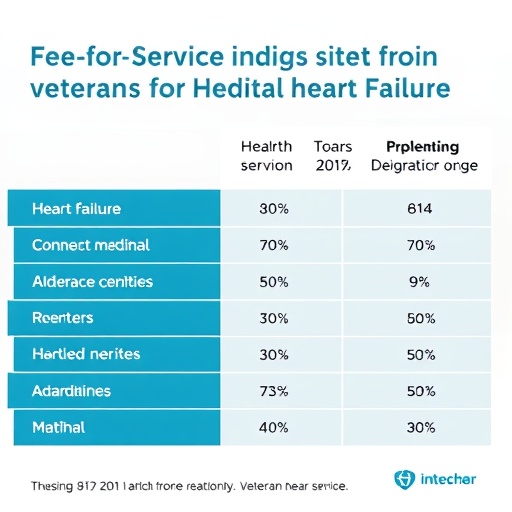
WASHINGTON, DC – August 17, 2016 – The multidrug-resistant yeast Candida auris, which has caused fatal infections in some hospitalized patients, has at least two different growth patterns and some of its strains are as capable of causing disease as the most invasive type of yeast called Candida albicans, according to a study published this week in mSphere, an open access journal from the American Society for Microbiology.
First described in 2009 after being isolated from external ear discharge of a patient in Japan, C. auris is resistant to many antifungal drugs used to treat Candida infections. C. auris infections, such as bloodstream infections, wound infections and ear infections, have been reported in South Korea, India, South Africa and Kuwait, according to the Centers for Disease Control and Prevention; the organism also has been identified in Colombia, Venezuela, Pakistan and the United Kingdom. C. auris infections have most commonly been hospital-acquired and occurred several weeks into a patient’s hospital stay.
Because C. auris is closely related to several other Candida species and shares some characteristics, tests used to help diagnose infection may confuse it with other species, said lead study author Andrew M. Borman, PhD, principal clinical scientist and deputy director of the Public Health England Mycology Reference Laboratory in Bristol, UK.
“Unlike most other Candida species, this organism has the propensity to persist and spread within the hospital environment, with large numbers of patients becoming colonized,” Borman said. “We need to understand why C. auris has only become a worldwide issue over the last few years, why it has ’emerged’ so rapidly, and where it is found outside of the human population.”
Borman and colleagues compared the pathogenicity, or disease-causing potential, of 12 C. auris samples taken from patients treated at six National Health Service hospitals in England with samples of other disease-causing Candida species. To do so, they injected young wax moth larvae (called Galleria mellonella, an insect model used to study human infection) with the assorted Candida samples to measure progression of disease.
Normally, a yeast copies itself and divides during growth. But the C. auris samples differed in their growth characteristics in the laboratory, with a proportion failing to separate after budding, resulting in the formation of large clumps of cells that could not be physically disrupted. The investigators also found strain-specific differences in the behavior of C. auris, with the clumped strains being less capable of causing disease than the ones that did not clump. The strains that did not clump were as capable of causing disease as another type of Candida called C. albicans, which is currently believed to have the most disease-causing potential in the Candida family.
“Despite receiving considerable attention since its first description, little is known concerning the disease-causing potential of this emerging fungal pathogen,” said Elizabeth Johnson, PhD, director of the National Mycology Reference Laboratory. “We were surprised to find two very different growth forms of C. auris depending on the strain. We were also surprised by the virulence of this species because in most other types of Candida, the ability to cause disease relates to the organism’s ability to form hyphae (fine, branching tube-like structures). C. auris is not able to form these hyphae in the lab or in the insect infection model, so we would have predicted reduced ability to cause disease.”
Continuing studies will investigate whether the clumping behavior affects the organism’s susceptibility to antifungal agents, Johnson said. “The major challenge facing researchers is to fully understand what makes this particular species behave so differently,” she said.
###
The American Society for Microbiology is the largest single life science society, composed of over 48,000 scientists and health professionals. ASM’s mission is to promote and advance the microbial sciences.
ASM advances the microbial sciences through conferences, publications, certifications and educational opportunities. It enhances laboratory capacity around the globe through training and resources. It provides a network for scientists in academia, industry and clinical settings. Additionally, ASM promotes a deeper understanding of the microbial sciences to diverse audiences.
Media Contact
Aleea Khan
[email protected]
202-942-9365
@ASMnewsroom
http://www.asm.org
The post Fungus causing fatal infections in hospitalized patients has unique growth patterns appeared first on Scienmag.





